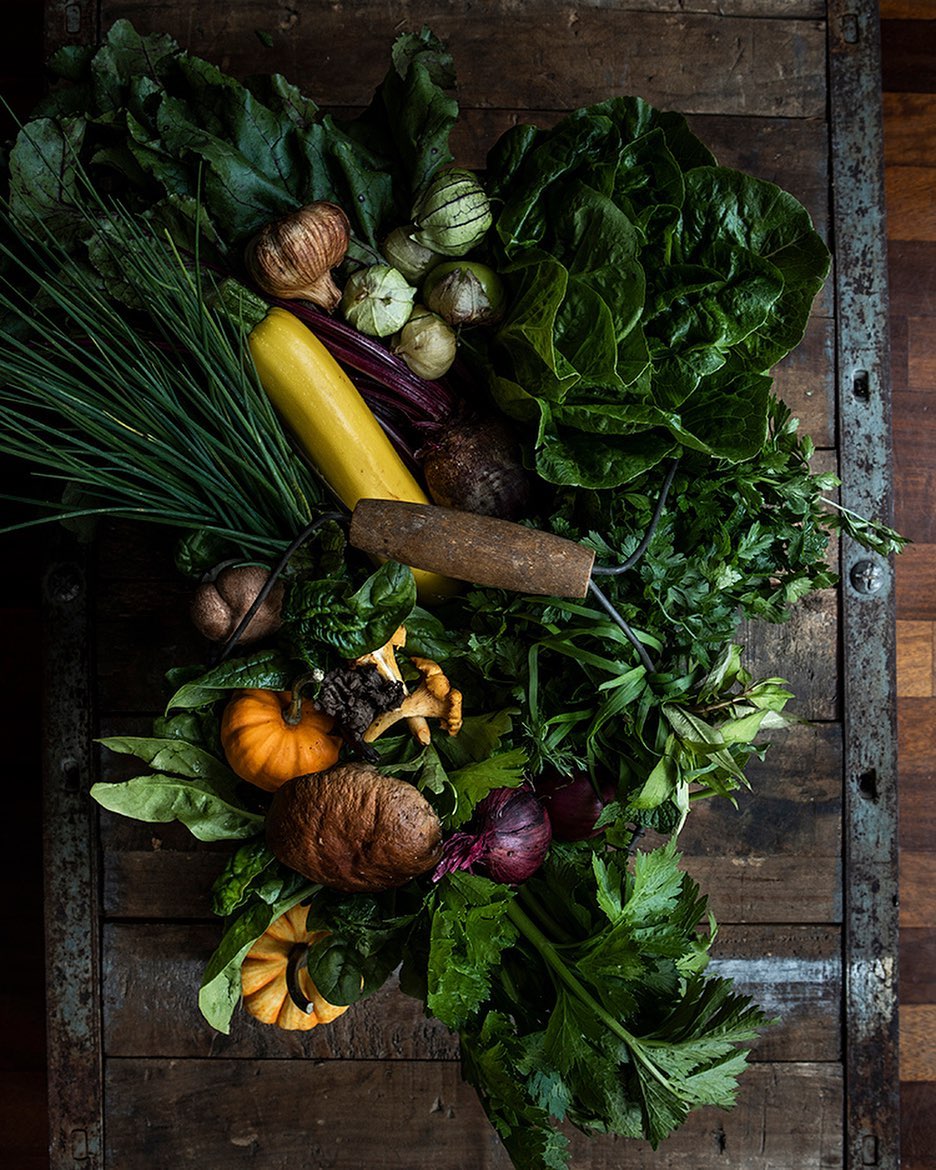Awesome Tips to Make Your Shopping Cart Healthier for Girls Going Clean ...
By BoyMeetGirl

By BoyMeetGirl

Are you wondering how to make your shopping cart healthier? Due to lack of time, we tend to fill our shopping basket with anything that is easy to reach.
However, by making a small changes, like switching from white to wholemeal bread, you can make a really big difference in your health. Start the change slowly and pretty soon, you have a new routine that is healthier. Here's how to make your shopping cart healthier.
As soon as you reach the supermarket, try to walk around the perimeter of the store first because the fresh foods are usually seen there. Be aware of the central area as highly processed foods are stored there. It is better to choose fresh and minimally processed foods, which is one of the best answers for how to make your shopping cart healthier.
This might take your time but it's really worth your time for creating a healthy meal. Compare each brand to find which has the least fat, salt, and sugar. You should also check which brand has the most fiber and whole grains. By choosing healthier ingredients, it's easier to create a naturally nutritious meal.
The longer the list of additives, the less healthy a food usually is. So read carefully and choose items that contain nutrient dense ingredients and that don't have a lot of added preservatives, salt, sugar or fat.
Frozen vegetables are very convenient because they are already prepared and they often contain more vitamins than canned.
Buy a wide range of fruits and vegetables of different colours to get plenty of vitamins, minerals, and phytochemicals. You can choose colour ranges from red (strawberries, raspberries, apples, watermelon, red peppers, tomatoes), orange (carrots, pumpkins, oranges, mangoes, papaya, apricots), yellow (bananas, melons, pineapples, grapefruit), green (broccoli, spinach, peas, kiwi, kale, spring cabbage, celery, green beans, cauliflower), blue or indigo (eggplant, blueberries, blackberries, prunes, red cabbage, plums, red onions, beets).
Choose eggs that are rich in omega-3 fats. Eggs are a great source of many nutrients, including protein and choline.
Choose whole grain breakfast cereals without added sugar, with at least 3g fiber per serving. Another option is to make muesli from oats, seeds, nuts and dried fruit.
Dairy products, like milk and cheese, are a good source of protein and calcium, but go for a low-fat versions if possible.
Choose basmati or brown rice, both of which have a lower glycemic index than long grain white rice. It is also a good source of B vitamins. Foods with lower a glycemic index are absorbed more slowly into the bloodstream, causing a steadier and more controlled rise in blood glucose level.
Oil-rich fish such as mackerel, salmon, and fresh tuna provide omega-3s, which are good for your heart. They protect your heart by making the blood less likely to clot, by lowering blood pressure, and encouraging the muscle lining to relax, which improves blood flow to the heart.
Whole grain bread is more nutritious than white and it has a lower glycemic index. It is a better choice because the fiber in whole grain foods slows the conversion of starch into glucose. This will help produce a more controlled blood glucose level.
Why do we choose canned beans? Canned beans are high in fiber and have a low glycemic index. However, make sure to buy beans without salt or sugar and if canned in brine, they should be rinsed thoroughly before using.
Rather than fatty cuts of meat, buy chicken and lean meat. Remember that a portion is only 3 ounces, so you don't need to buy a ton.
There are two types of fats - bad and good fats. Bad fats are saturated and trans fats and good fats are unsaturated fats. Choosing unsaturated oils is a better choice. Choose from olive, canola, walnut, avocado, linseed or soybean oil for omega-6 and omega-3 fats.